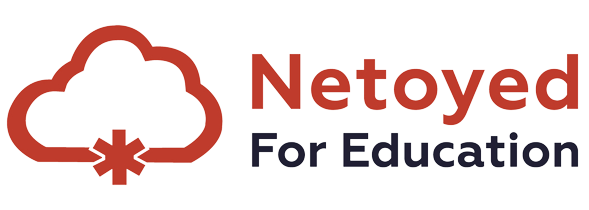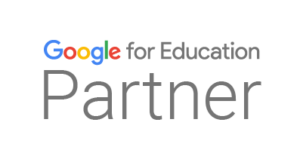Most schools believe they are secure. They install antivirus software and use firewalls. They remind students not to share passwords. Yet cyber attackers still find a way in. Why? Because the biggest threats are often hidden in everyday habits.
These hidden cyber risks slip past attention because they look harmless. A teacher saves a password on a shared computer. A student clicks accept on every cookie prompt. A smart board keeps running without updates. None of these moments feel dangerous. Together, however, they create the perfect chance for an attacker.
Let us look at these hidden cyber risks and why schools must address them before a small oversight turns into a serious problem.
Browser Extensions That Are Not Vetted
Teachers and students often add browser extensions for tasks. It might be a note-taking app, a grammar tool, or a video recorder. Many of these tools are not verified and ask for wide permissions. Some can read browsing history or capture login details. Others inject malicious code.
What looks like a quick helper may quietly steal sensitive data. Schools that review and limit installed extensions already close one of the most common security gaps.
Passwords Saved on Shared Computers
Convenience makes people careless. Saving a password on a shared computer feels easy. Unfortunately, it also makes life easy for an attacker. Anyone with access to that computer could open accounts without permission. Even with two factor authentication, saved credentials increase the risk of a breach.
The safer choice is to block password saving on shared devices. Password managers combined with strong authentication offer both security and ease.
Devices and Smart Boards That Are Outdated
Classrooms depend on smart boards, tablets, and older computers. These devices often run on outdated software. Attackers know schools do not always update non-critical equipment. They actively search for such weak spots.
An outdated device can harm more than its own classroom. It can compromise the entire network. Schools that keep an inventory of devices and apply regular updates reduce these silent risks.
Unsecured Wi Fi and Connected Devices
Open or weak Wi Fi networks remain an easy target. The rise of IoT devices makes this somewhat worse. Projectors, cameras, and even smart speakers often arrive with default passwords. Their security settings are minimal.
Once compromised, these devices can become entry points for larger attacks. Isolating them on separate networks and using strong Wi Fi encryption builds a safer base for learning.
Shadow IT in Classrooms
Teachers often find personal workarounds. If official tools do not meet their needs, they turn to personal apps. They also share files through open links. This practice is called shadow IT. It bypasses controls and creates hidden risks.
Data may move to unsecured platforms or spread beyond intended users. The solution is to provide safe, easy to use tools. When staff have reliable options, they do not need to look elsewhere.
QR Code Scams and Hidden Email Rules
QR codes are common in schools. They give quick access to assignments, apps, and platforms. Yet they are also a growing phishing method. Malicious codes redirect users to fake pages and steal credentials.
Email forwarding rules are another invisible risk. Attackers set them up quietly. Sensitive emails then leave the system without detection.
Both threats thrive on invisibility. Regular awareness sessions help staff and students pause, check, and verify before acting.
Small Clicks That Carry Weight
Accepting cookies without thought is now a habit. Many cookies are safe, but third party ones can track users across sites. This creates privacy risks. Add exposed IP addresses and the chances of spoofing or interception increase.
Deliberate browsing choices matter. Reject unnecessary cookies. Be careful with pop ups. Limit exposure by following safe digital habits.
Why Ignoring These Risks Is Costly
Schools are more connected than ever. Learning happens in classrooms, at home, and on cloud platforms. This connected system means one weak point can affect everyone.
The damage goes beyond lesson disruptions. A breach can put student data at risk. It can damage trust with parents and the community. It can even create legal and financial problems. Schools cannot afford to ignore this reality.
Building a Culture of Awareness
Technology alone is not enough. Real protection comes from awareness. Every teacher, student, and administrator plays a role. Small steps make a difference. Update devices. Question suspicious links. Avoid open sharing. Use strong passwords.
Pair these habits with clear policies, routine maintenance, and secure networks. The result is resilience. Schools that practice awareness and structure gain strength against silent cyber threats.
What Schools Should Remember
The real issue is not whether schools are being targeted. They already are. The question is whether hidden cyber risks are quietly opening doors to attackers right now. By addressing these small but critical gaps, schools can ensure that classrooms remain safe, and learning continues without disruption.




 1st Floor, H-31, Sector 63,
1st Floor, H-31, Sector 63,